23 Numeracy Exit Ticket activities for students to provide evidence of their learning progress.
This teaching resource is an assessment tool for students to show evidence of their learning. Use Exit Tickets after a numeracy skill has been taught to show evidence that they have acquired the skill and are ready to move to the next learning goal.
These Numeracy Exit tickets collect evidence for basic Year 6 curriculum requirements. For the prepopulated exit ticket, use the dropdown arrow on the Download button and select the PDF version of the resource. Choose the editable Word version to create your own class-specific exit ticket.
NOTE: Please note that the Word version of this exit ticket will be blank so that you can create your own class-specific exit ticket.
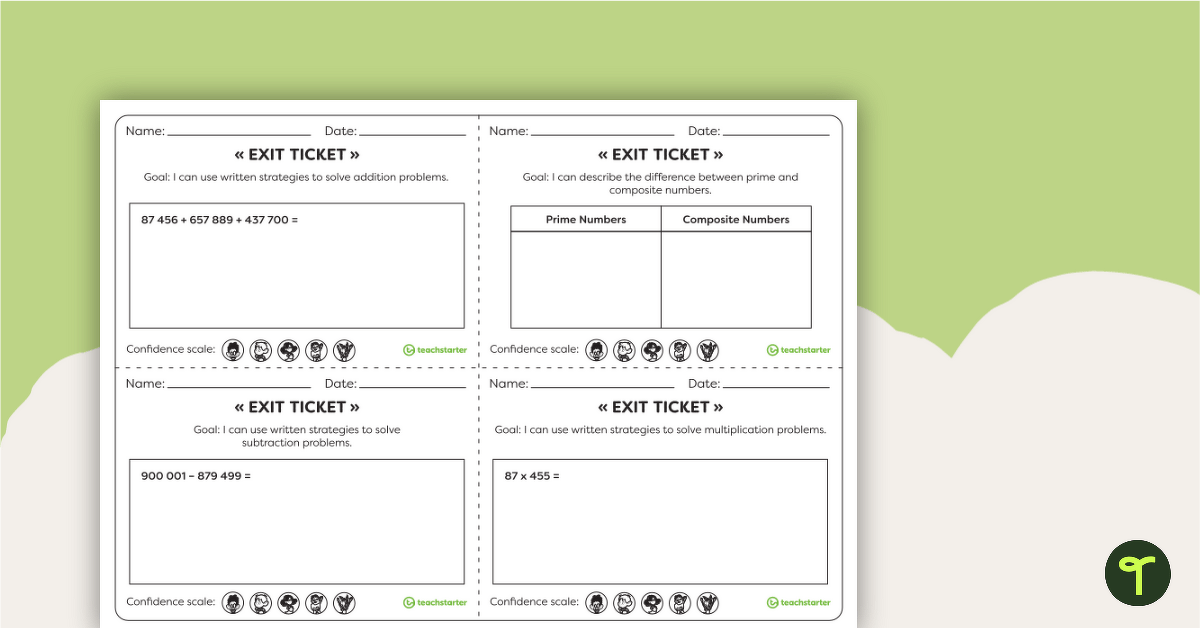

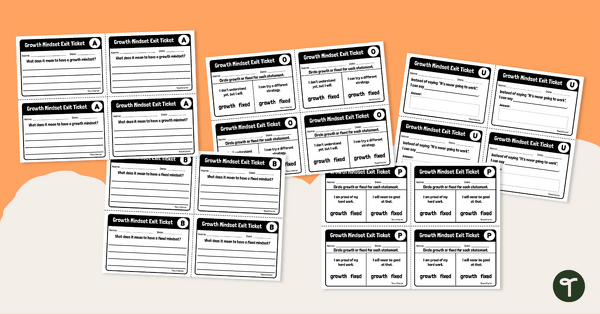
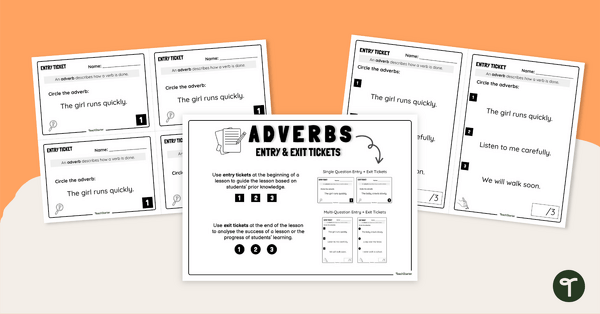
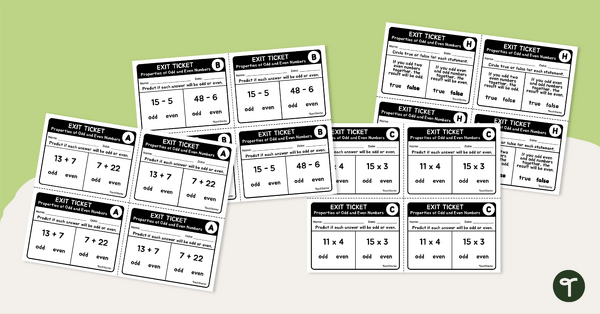
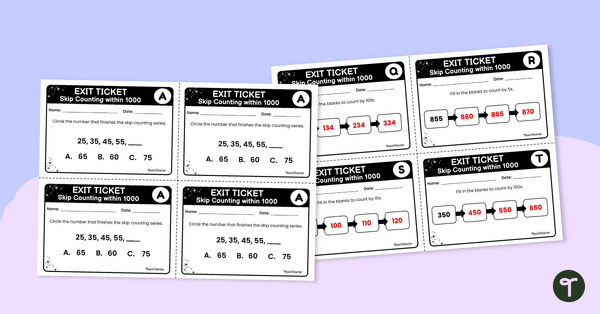
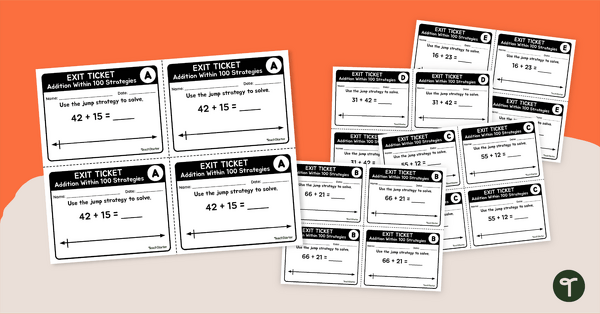
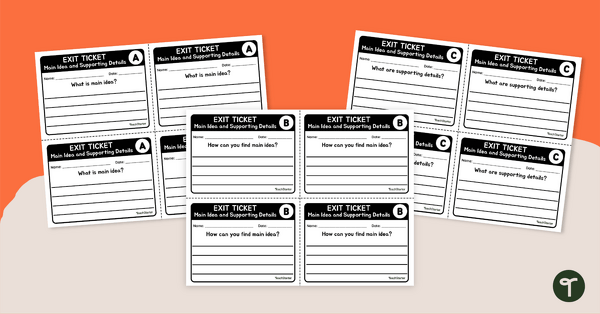
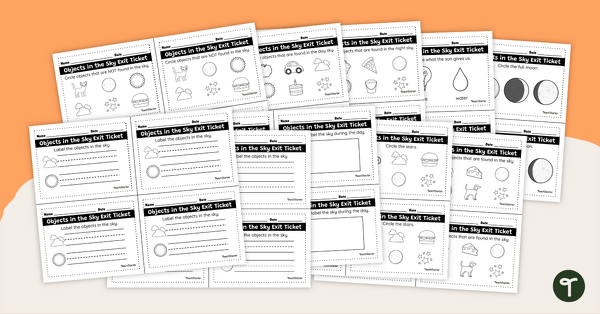
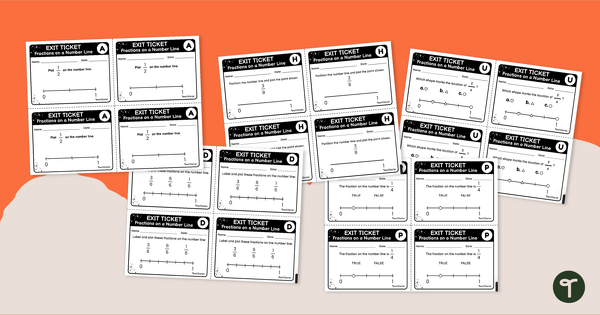
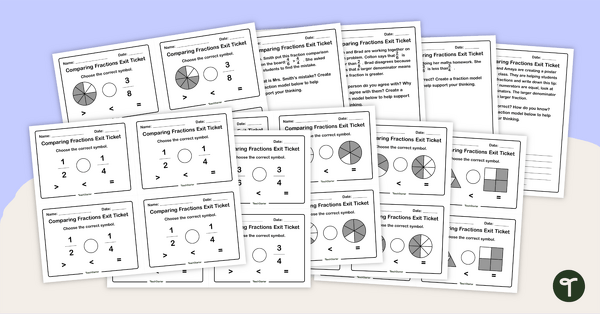
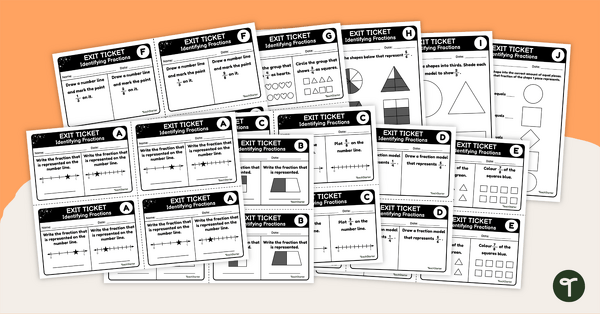
1 Comment
Write a review to help other teachers and parents like yourself. If you'd like to request a change to this resource, or report an error, select the corresponding tab above.
No comments yet.